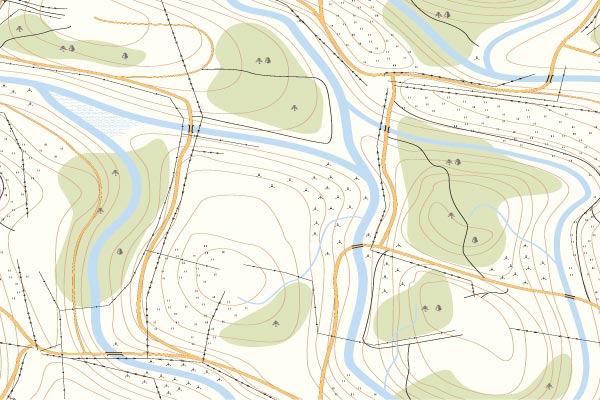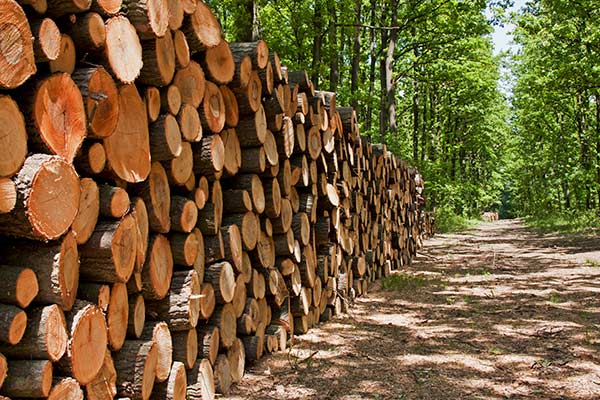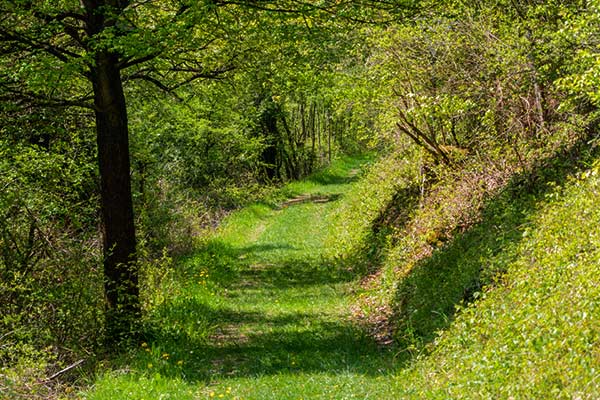What to Expect When You Choose K&B Lumber
Step 1: Timber Cruise
To get a good idea of what kind of timber you have we walk your land and note the species, density, and maturity of your trees. Arial maps and a GPS mapping system are used to determine your property lines. Our foresters use a Doyle Scale to take measurements and determine which trees are ready for harvest – typically we only take trees that are at least 16″ in diameter or larger. And, we measure at chest height (as opposed to the base of the tree) – this insures we only take trees that are ready.
Timber Boundary Survey
We take great care to respect you and your neighbors property lines. It is our job to accurately establish you property lines and conduct logging in designated areas only.
Please note: You are not required to be in attendance during the timber cruise and boundary survey.

Step 2: Cost Estimate & Contract
We provide you with an honest estimate based on the information we gathered in step 1. The key determining factors include:
- Density of Trees
- Tree Species
- Acreage
- Difficulty of Harvest
Based on the above information we will offer you a contract for your timber harvest. If you want to move forward, you will receive an initial down payment (we’ll write you a check on the signing date), and you will be paid the balance before harvesting begins.
We treat your land with the same kind of respect that we show our own
Step 3: Road System Planning
A good road system is key when it comes to a successful timber harvest. We study the existing road system (if there is one) and the topography of your land to create an efficient system of logging roads. This involves cleaning up and fixing existing roads, and constructing new ones.
Additional care is applied to ensure we minimize erosion and protect your streams in the process. If you have streams running through your property, we figure out the best spot for a crossing and the appropriate bridge type in an effort to keep our footprint small.


Step 4: Logging The Trees
Once the road system is in place, our team of experienced loggers will proceed with the timber harvest, using modern machinery including:
- Chainsaws
- Skidders
- Front-end loaders
- Knuckle boom loaders
Our loggers are trained in directional felling, which helps prevent damage to the surrounding trees. A Skidder will drag the trees to the designated log yard, taking care to minimize wounding of non-harvest crop trees. Throughout the logging process, we keep our impact as minimal as possible.
Step 5: Clean Up
The final step in the logging process involves cleaning up your property. This can involve a variety of measures, but typically includes:
- Soil stabilization (to minimize erosion)
- Smoothing out skid trails
- Install erosion preventing water bars on steep inclines
- Fence repair (if necessary)
- Reseeding
Each site is different and requires a unique approach to clean up. But, our attitude towards clean up is always the same – leave your property in the best shape possible before we leave.

You’ve probably got a few questions – you’ll find answers on our FAQ page.
If you’re looking to sell your timber, contact us today for a free estimate!

